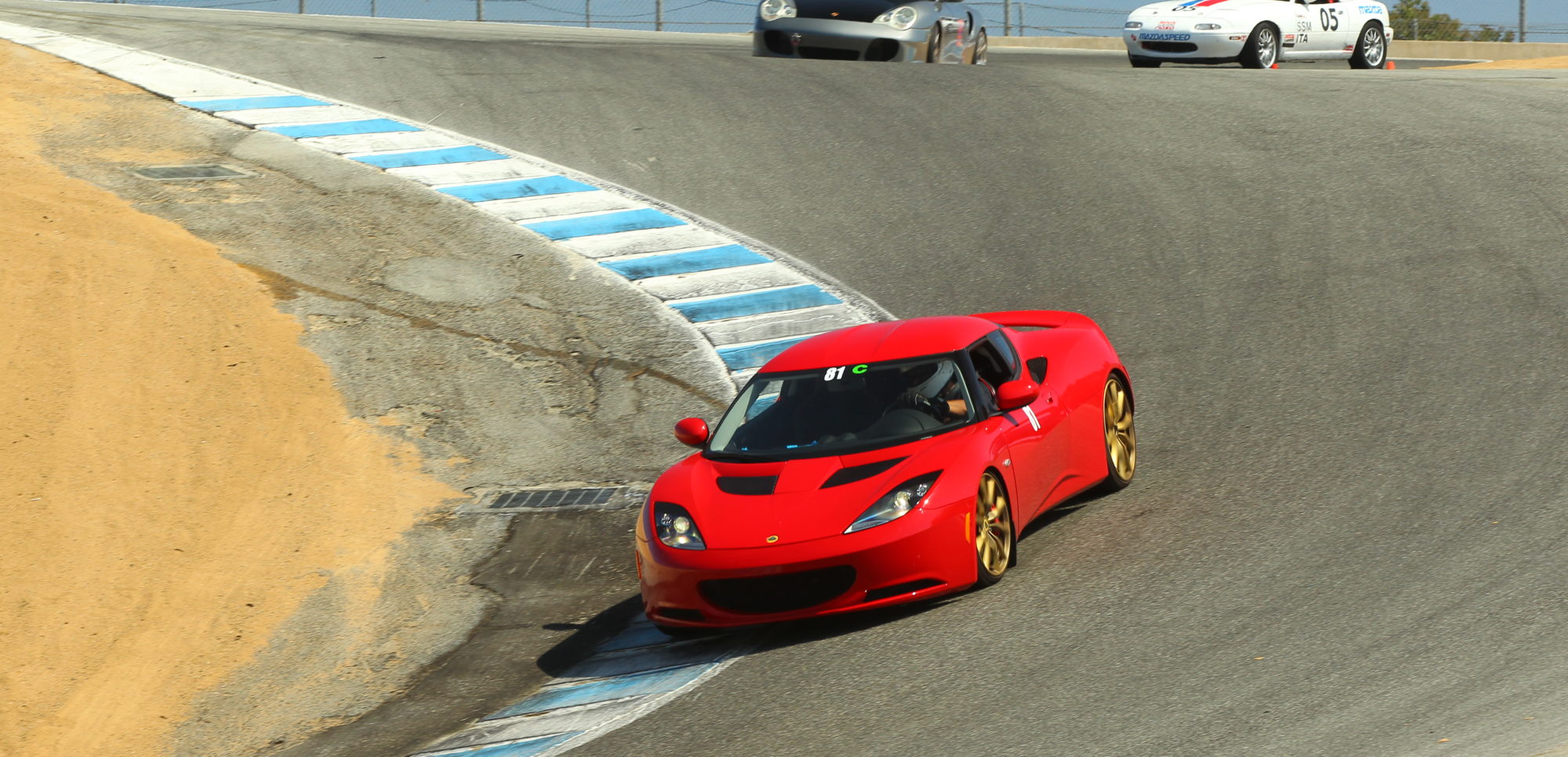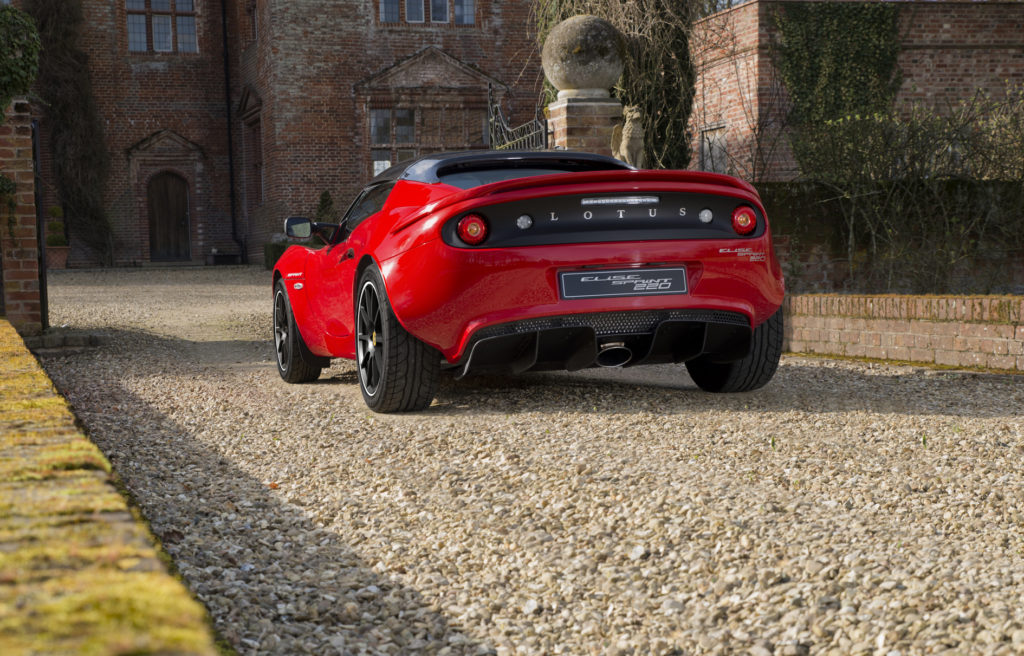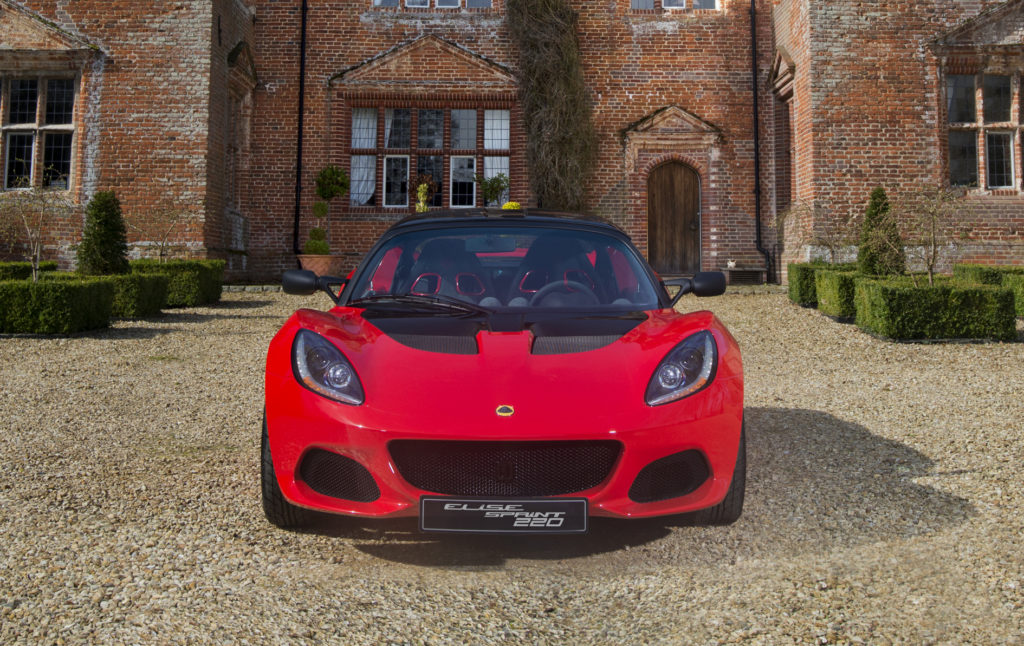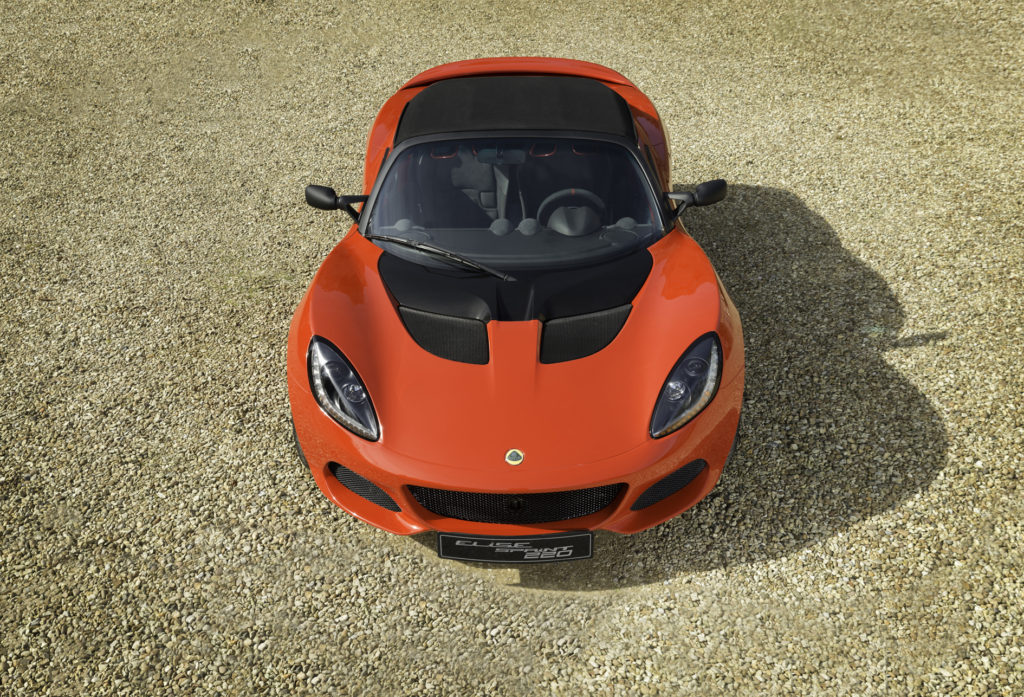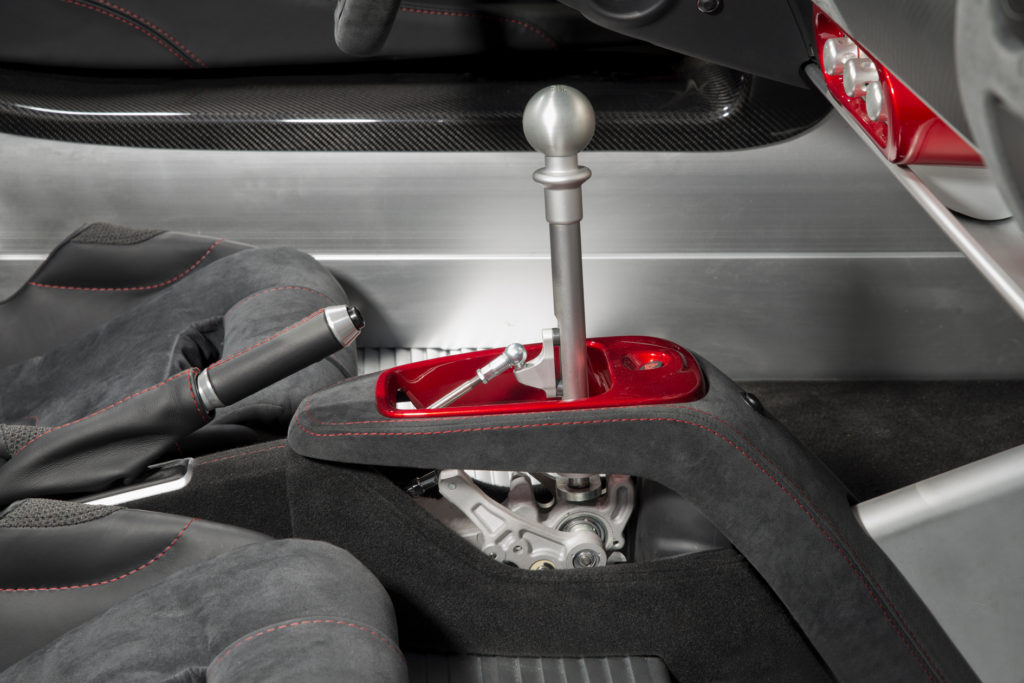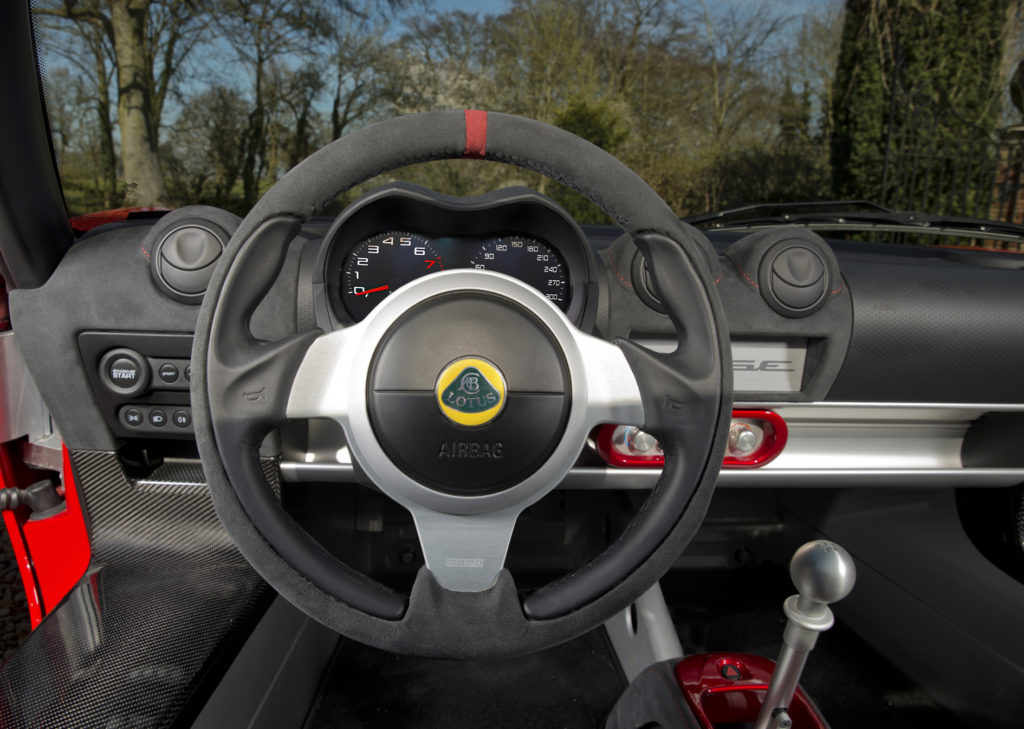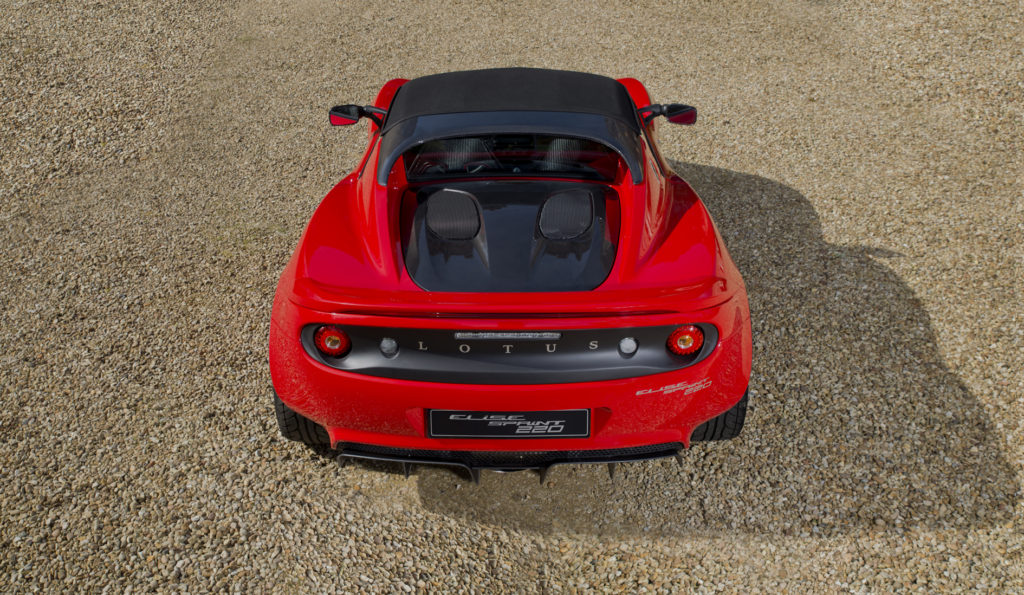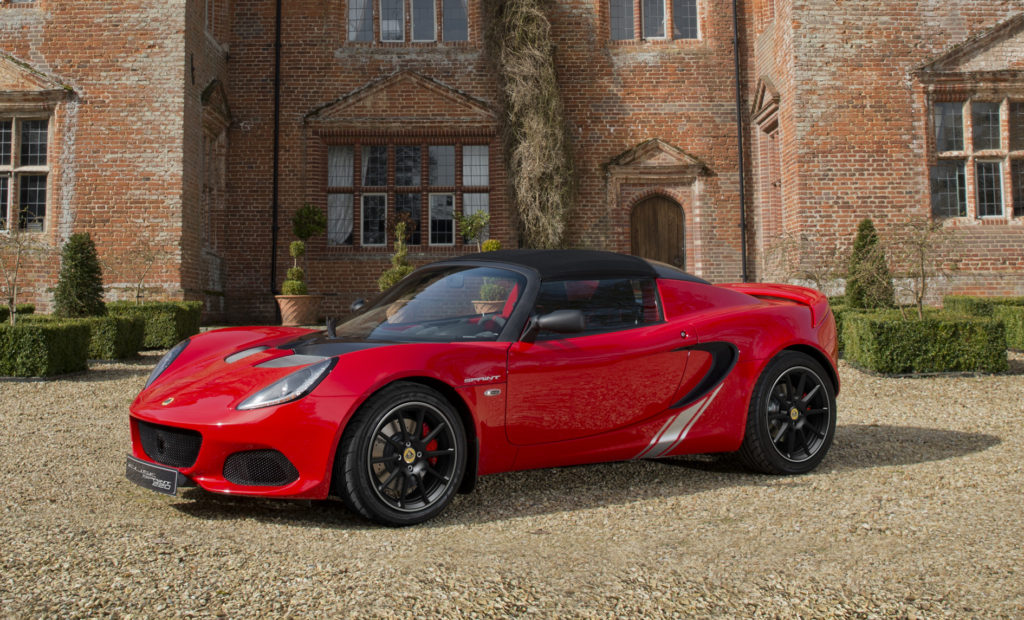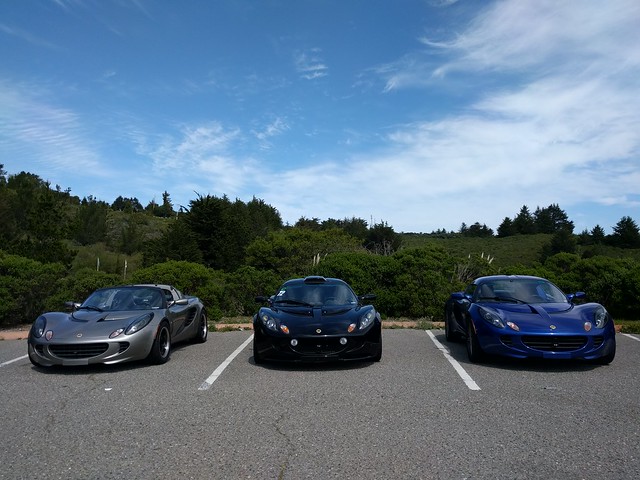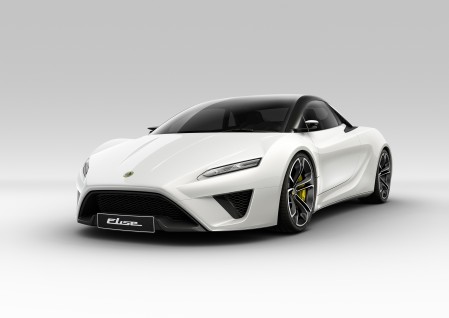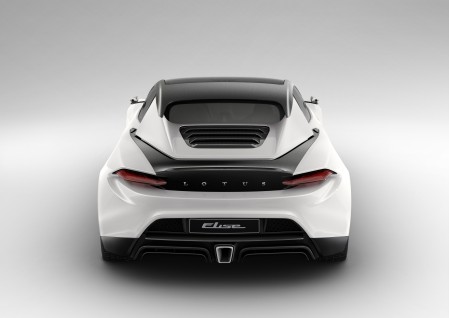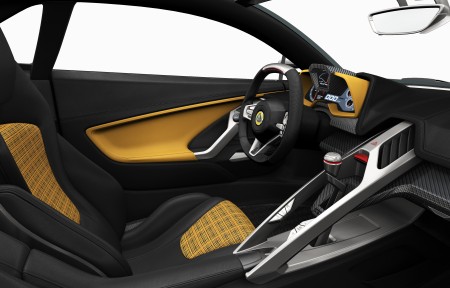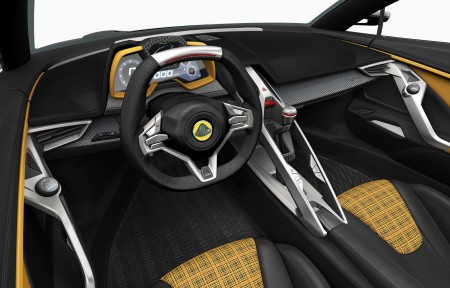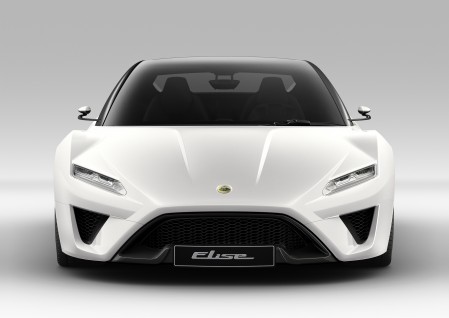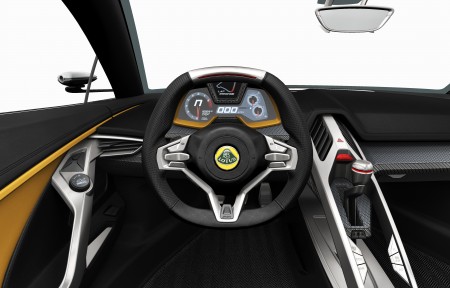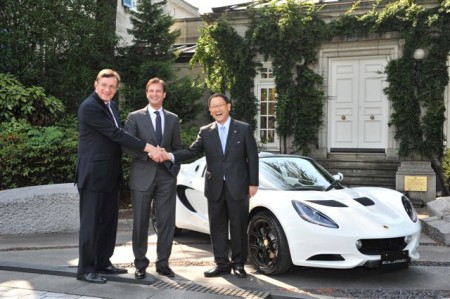(Hethel, UK – 22 December 2021) Today, Lotus commemorates the last of the Elise, Exige and Evora sports cars.
The trio were photographed on site with many of the Lotus team who contributed to the design, engineering, assembly and sales of the cars.
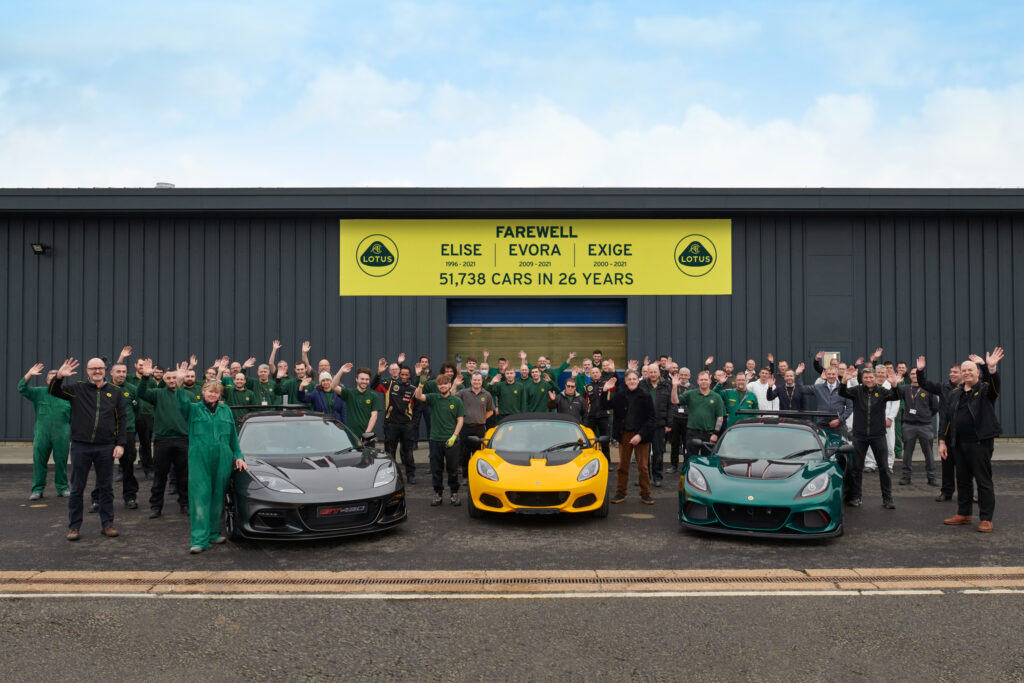
Between these three model lines and over the course of 26 years, a total of 51,738 cars will have come off the production line. Combined, they represent almost half of the total production of Lotus in its 73-year history. In addition, 9,715 sports cars were built for Lotus’ third-party clients, including GM and Tesla.
From 1996 to 2000, the first-generation Elise and Exige sports cars were built in a small assembly hall at Hethel alongside the Lotus Esprit. The current assembly lines, which were installed in 2000, will be dismantled and replaced with all-new state-of-the-art facilities in support of the all-new Emira factory. Full Emira production begins in the spring, after the prototype and test phases currently underway are completed, taking Lotus sports car production into an exciting, high-tech and semi-automated era, and increasing capacity up to 5,000 units per year on a single shift pattern.
The last examples of the Elise, Exige and Evora models are reserved for Lotus’ growing heritage collection.
Joining the collection will be the last Elise, a Sport 240 Final Edition finished in Yellow and the last of 35,124 cars; the last Exige, a Cup 430 Final Edition in Heritage Racing Green – number 10,497; and the last Evora – a GT430 Sport finished in Dark Metallic Grey – the last of a production run of 6,117.
The Elise and Exige sports cars are built around the Lotus ‘small car platform’. On the same platform, and also manufactured by Lotus at Hethel were the Opel Speedster / Vauxhall VX220 (7,200 cars built between 2000 and 2005) and the Tesla Roadster (2,515 cars built between 2007 and 2012). Therefore, including the Lotus 340R, Europa, 2-Eleven and 3-Eleven cars, this brings the total Lotus small car platform production volumes to 56,618 cars.
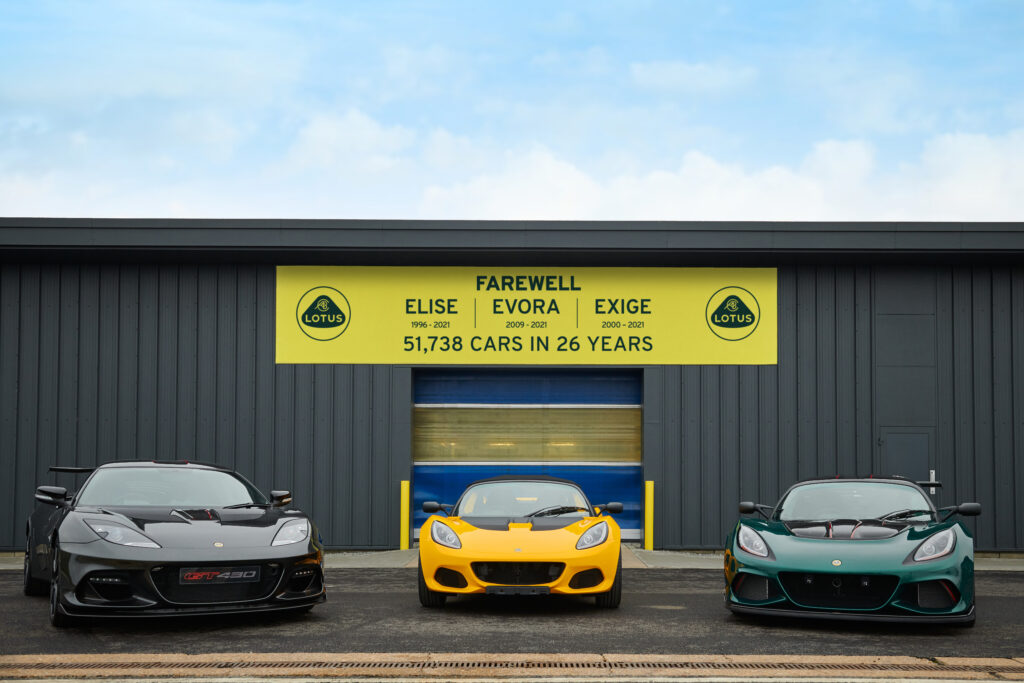
Matt Windle, Managing Director, Lotus Cars, said: “First of all, I would like to thank the Lotus team who have worked on the Elise, Exige and Evora over the years and who are now transferring to Emira and Evija manufacturing. I would also like to convey enormous gratitude to all the customers of the Elise, Exige and Evora over the last 26 years for their passion, enthusiasm and support. These customers have given our ‘three Es’ true cult status – usually reserved for long-out-of-production classics. As we say farewell to the last few cars, we look forward to the Emira and Evija in the all-new factories at Hethel and sub-assembly facilities in Norwich, which introduce greater efficiencies and automation, higher quality and flexibility and the hugely exciting next chapter in our Vision80 strategy.”
Russell Carr, Design Director, Lotus Cars, added: “These iconic cars have not only played a huge role in Lotus’ 73-year history but have also been ever-present in my daily life. Together with the Lotus design team, I have lived and breathed these cars for over 26 years. We will miss them, but a bit like Christmas, once it’s over, the excitement for the next one starts to build – and that’s what’s happening now at Lotus with the Evija, Emira and forthcoming Type 132. 2022 is going to be a great year as a new Lotus generation swings into action.”
Gavan Kershaw, Director of Vehicle Attributes, said: “The Elise, particularly, has been a huge part of my life. It was conceived when I had just finished my apprenticeship and I was working in the vehicle workshops helping to build early prototypes. The Exige will always remain close to me, as the development programme was the first that I worked on as an engineer and I also won the British GT3 championship in a race version. The Evora is also hugely important as it showed that you can have high performance and award-winning handling without sacrificing the longer-journey GT ability. I have first-hand experience of this as I won the British GT4 championships in one and I will never forget leading the technical programme for our Evora Le Mans campaign where we achieved a podium.”
Richard Rackham, Head of Vehicle Concepts, who was vehicle architect on the Lotus Elise and part of the team that pioneered extruded and bonded aluminium technology in the automotive industry, said: “The impact of these three cars has been spectacular over the years, technically, structurally and dynamically. But all technologies and innovations move on and, if you had asked me of my proudest moment four years ago, I would have, without hesitation, said the Elise chassis. However, this has been usurped by our new Project LEVA architecture for our new range of electric sports cars, starting with the Type 135 in a few years’ time. This is now the zenith of Lotus architectures as it has moved the technology game so much further. There is a lot to look forward to.”
Next out of the Lotus stable is the Emira, the critically acclaimed new mid-engineered sports car from Lotus. Launched last July at Hethel and on a world tour ever since, it’s the last petrol-powered car from Lotus. Joining the first electric Lotus – the Evija hypercar and the most powerful production car in the world – will be the all-electric Type 132, Lotus’ first SUV, which will be revealed to the world in the spring.
